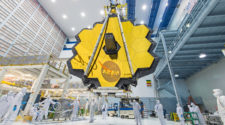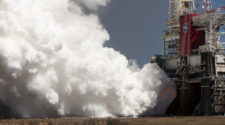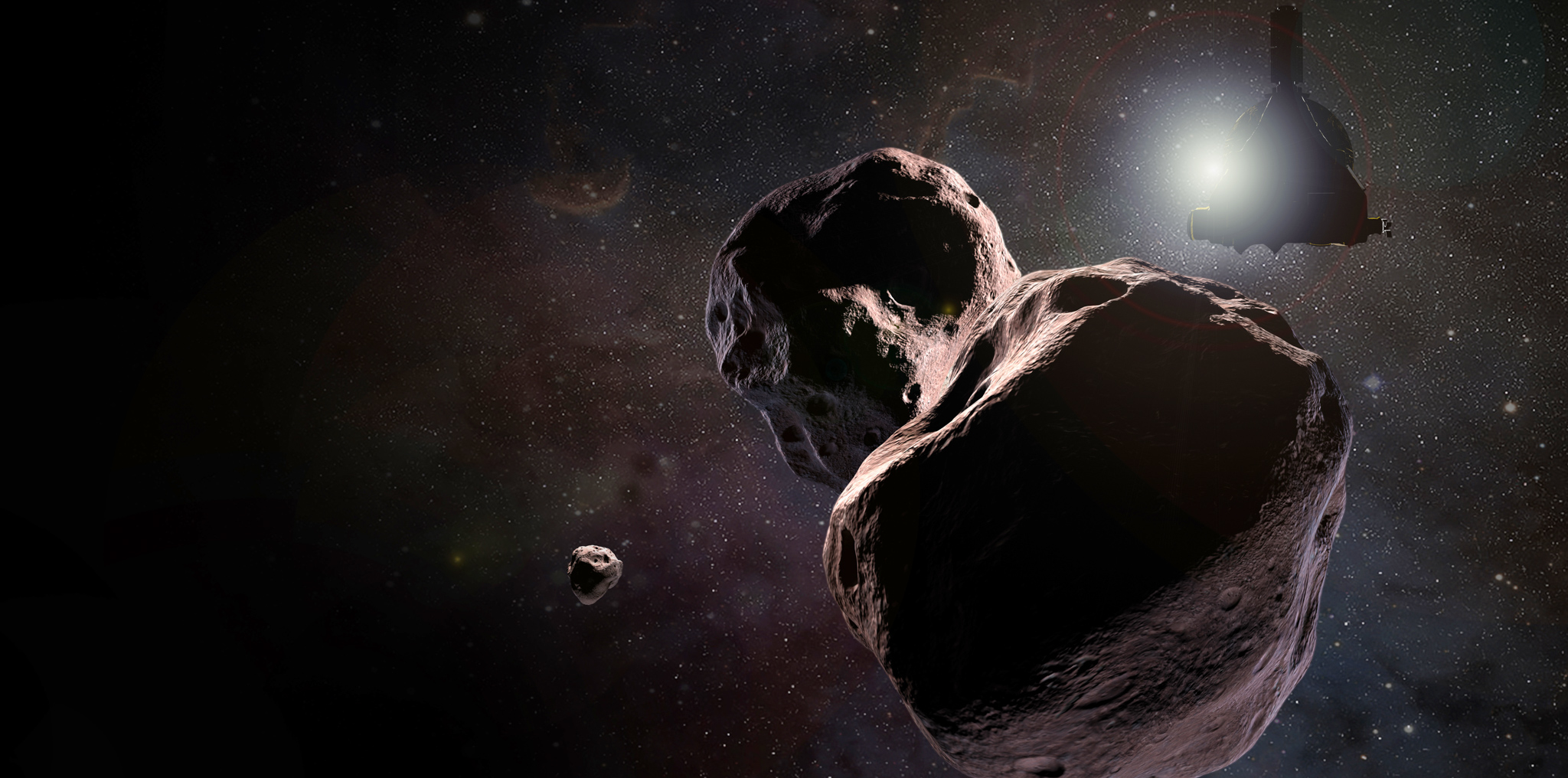
When NASA scientists assembled telescopes in her home country of Senegal, Binita Yanni knew very little about astronomy and didn’t realize a career in planetary sciences was even a possibility.
Determined to learn why 21 U.S. telescopes were stationed throughout the Senegalese countryside, the 20-year-old chemical engineering student approached lead scientist Adriana Ocampo on the night of a mission to conduct planetary observations. Yanni introduced herself, then asked to volunteer. A few hours later, she stood alongside U.S. and Senegalese scientists collecting data from the far reaches of the solar system.
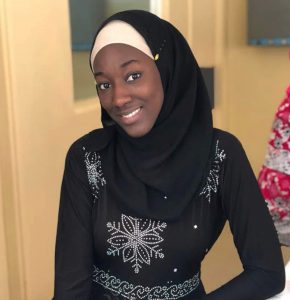
It was Yanni’s first astronomy experience — and she hopes it wasn’t her last.
“This mission confirmed my belief that you can be young and dream big dreams, that neither age nor experience can put limits on your life,” she said in an email.
Teaming up with local scientists
Collecting planetary observations requires months of detailed preparation to ensure scientists are in the right place at the right time. The right place to observe an ancient planetary rock was in Senegal. So on August 4, U.S. and Senegalese scientists used 2-meter-long telescopes to observe the shadow of Kuiper Belt Object 2014 MU69, which was 6 billion kilometers away.
Members of the Senegalese astronomy community, many of whom had never handled telescopes so large, contributed to the data gathering.
“Even though they [Senegalese astronomers] are Ph.D.s, even though they are theoretically trained in astronomy, they never had the practical opportunity to work with other very experienced scientists doing field work like that,” says Heath Bailey of the U.S. Embassy in Dakar.
The observation data will inform NASA about debris and other planetary matter that could interfere when a NASA space probe flies past MU69 on January 1, 2019, marking the furthest planetary exploration in history.
The project is an extension of NASA’s New Horizons mission to make the first reconnaissance of Pluto and to explore the outer reaches of the solar system.
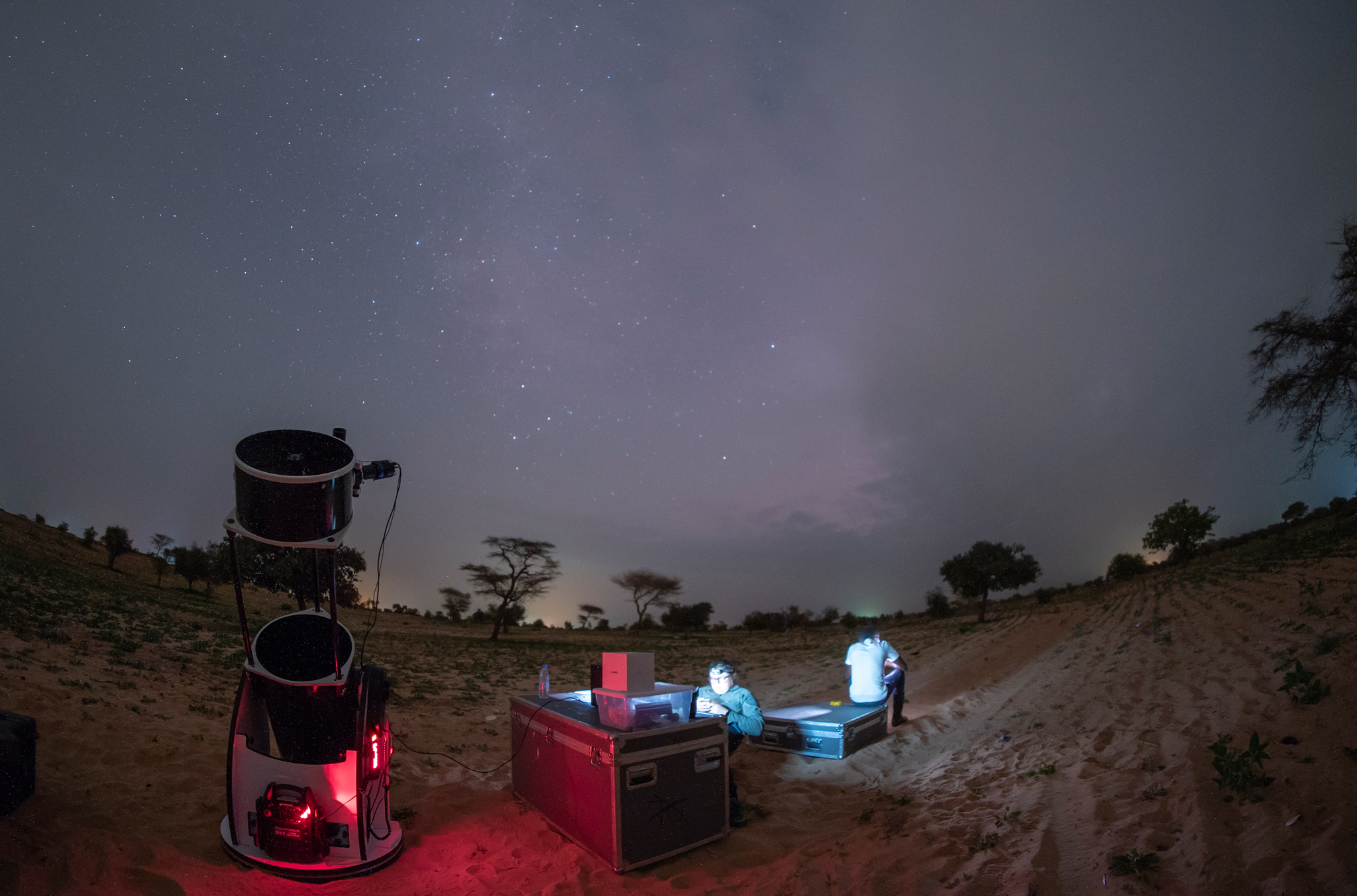
Engaging the community
After determining that Senegal lies along the trajectory of MU69, NASA and the U.S. Embassy worked closely with the government of Senegal to ensure the success of the mission — and to engage the Senegalese community.
In the evenings leading up to the viewing, local Senegalese gathered to watch scientists prepare their telescopes, and some were allowed to peer through them.
“Our hope is that some young genius kid out in the village somewhere in Senegal is going to get it in his or her mind that he or she can be a space scientist too,” says Bailey.
Locals also enjoyed a special screening of Hidden Figures, a film that highlights the contributions of African-American women in early NASA missions. Before the screening, Ocampo and other female scientists led a discussion on the importance of women in science.
“There is a thirst of knowledge in Senegal about the universe we live in,” says Ocampo. “We met a lot of very talented young women that want to follow STEM careers; they just need more role models and opportunities.”
Lack of previous experience did not stop Yanni. After working alongside scientists at Telescope 12, her outlook on astronomy — and on the opportunities available to her — fundamentally changed.
“I can already add to my very long list of ambitions ‘working at NASA’ one day,” she said.


